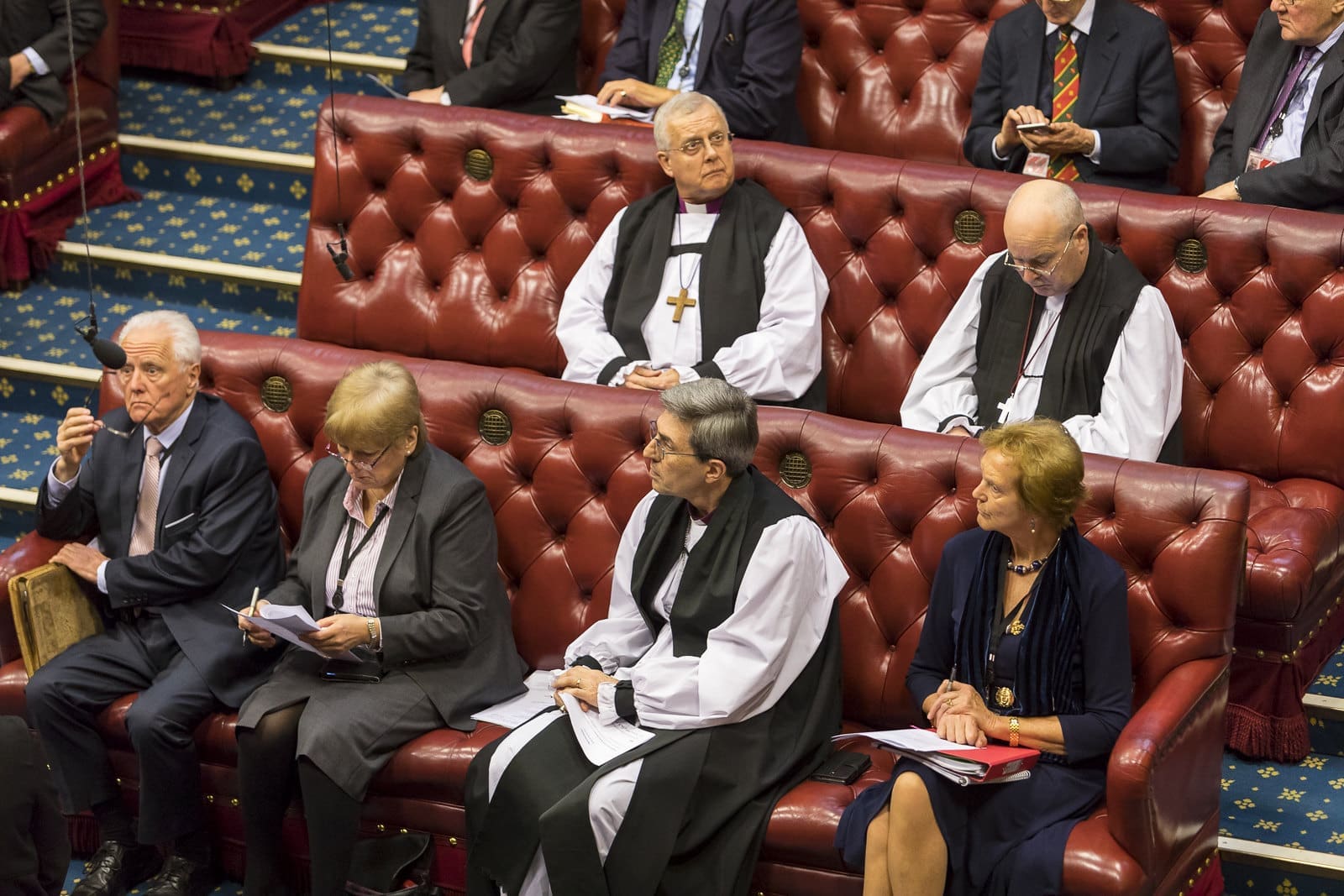The Greek word “episkopos” has shaped the English-speaking world. It means “overseer”; via Latin we get “Episcopal” and via old English we get “bishop”.
The creation of the Church of England in the middle of the 16th century was not the abolition of bishops but the creation of a new episcopacy. Unsurprisingly, Protestants continued to protest; what was needed, they believed, was purification.
The complaint of the puritan was spiritual but its manifestation was very human and political. When writing a history of the church a century on, Thomas Fuller dated the term to 1564 and said:
The English Bishops conceiving themselves impowered by their Canons, began to shew their authority in urging the Clergy of their Diocess to subscribe to the Liturgie, Ceremonies and Discipline of the Church, and such as refused the same were branded with the odious name of Puritanes.
The Anglican Church in the United States does not require its bishops to take an oath of allegiance to the English monarch. In fact, the worldwide church is not unlike the Commonwealth; the head of the Commonwealth is the English monarch, but there’s plenty of room for India and all the other republics formerly comprising empire. However, it does accept the role of bishops. Hence, like others within the worldwide church, it calls itself the “Episcopalian” Church.
Within the US church parliament, the bishops are an upper house; the church’s constitution ; the church’s constitution states:
There shall be a General Convention of this Church, consisting of the House of Bishops and the House of Deputies
Meanwhile, back in England, the bishops actually sit in the nation’s upper house by right. While we may think “Lords” as temporal or very human aristocrats, the House of Lords formally comprises the Lords Spiritual and Temporal, the former in turn comprising the two Anglican archbishops and the senior Anglican bishops.
The house is the only parliamentary house in western democracy where position by religious rite gives rise automatically to position by political right.
In 1640, this was a real issue. The House of Commons was increasingly dominated by Puritans, while the king could rely on the bishops’ block of 22 in a House of Lords of about 60 to 70. The Commons passed the Bishops Exclusion Bill. When King Charles left London with many supporters from both houses in January 1642, the bill went through the Lords and came into effect on 13 February. In the following years, the Lords itself was abolished. With the Reformation two decades later, the Lords returned and slightly later, its bishops.
